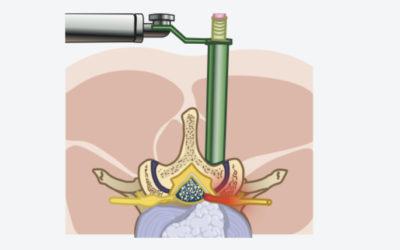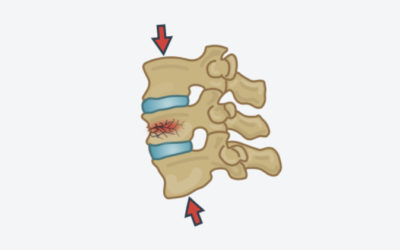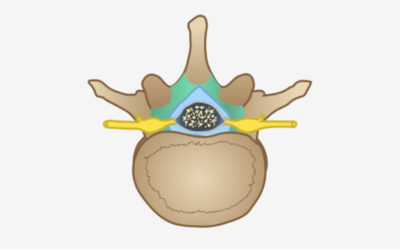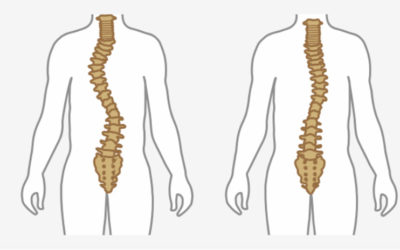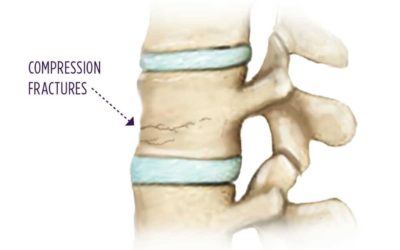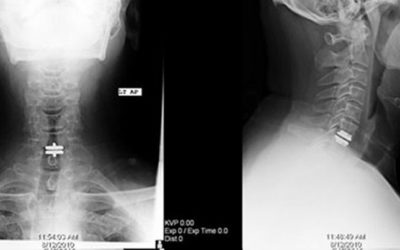Leading Experts in Minimally Invasive Spine Surgery in California
Get An AppointmentMost people who are considering surgery would prefer a minimally invasive procedure but very few actually understand what this means. Minimally invasive spine surgery does not refer to a specific procedure. Rather, it is more properly described as a philosophy. In order to understand this approach, it’s important to understand the traditional method of spine surgery and compare it with this newer more effective method.
Older Traditional Spine Surgery…
Increased Recovery Time
Large Incisions (5 in+)
Higher Infection Risk
Longer Hospital Stay
When approaching surgery, the traditional technique was to make a large incision with wide exposure to allow for complete visualization of the anatomy. This way surgeons could be comfortable that they were operating in the right area and doing the right procedure. Unfortunately, this required large incisions extensive dissection and subsequently damage that issues. This increases recovery time increases the risk of infection increases surgical time ultimately this leads to increased length of stay in the hospital and increased risks of peri-operative complications.
Newer Minimally Invasive Surgery Today…
Quicker at-Home Recovery
Smaller Incision
Faster Surgery
Minimal Damage
As we have gained a better understanding of surgical anatomy and with greater availability of resources such as image guidance and improve surgical instruments such as arthroscopes and specialized retractors we have been able to greatly reduce the size of surgical incisions. ultimately the goal is to accomplish the same procedure with minimizing collateral damage. In this way a lumbar Fusion that traditionally would have been done with the 5 or 6 inch scission in a surgery that lasted 3 to 4 hours and may have had blood loss that was significant enough to require a transfusion, can now be done through 2 small incisions less than an inch in length with tissue spreading techniques that minimize muscle damage.
Minimally Invasive surgery can accomplish the same decompression and stabilization of the spine. In a skilled physician’s hands, the surgery will take less time than the old method of open procedure. Additional equipment and significant training and experience are required which is why true minimally invasive spine surgery continues to only be done by a few surgeons.
Recent Blogs on Minimally Invasive Treatments
Living with Chronic Pain: The Mind-Body Issue
Research shows that most chronic back pain is psychosomatic. This means that mental processes like depression, frustration, and attitude play a large role in the severity of your pain. This means that improving your mindset can help reduce your pain. You can try...
Living with Chronic Pain
Chronic back pain and neck pain is defined as pain lasting longer than three to six months. It is the opposite of acute pain, which is temporary, specific, and treatable. While it can be difficult to accept you will never be fully cured of your pain, it's important to...
What Happens During a Microdiscectomy?
A Lumbar microdiscectomy is a surgery performed to remove a herniated disc or degenerative disc in the lower spine. The doctor makes an incision to remove the disc pressing on the nerves. There are five steps involved in a laminotomy discectomy. The operation will...
Pain in the Neck and Lower Back
Since there are many potential causes of neck and back pain, it's important you seek medical attention. This is especially true if you have experienced any sort of injury or trauma to your neck that is causing your pain, your pain is severe and not improving after one...
Causes and Symptoms of Spinal Stenosis
The cause of your spinal stenosis influences your diagnosis and treatment options. In general, the cause of spinal stenosis can be categorized as either primary or acquired: Primary: Some people are simply born with a smaller spinal canal Acquired: You can also...
Causes and Symptoms of Scoliosis
Doctors generally divide the causes of scoliosis into four categories: Idiopathic (unknown cause) is the most common type of scoliosis Congenital (at birth) Neuromuscular (such as cerebral palsy or muscular dystrophy) Injuries to, previous surgery on, or infections of...
Western States Endurance Run: Dr. Diana Wins Silver
Our colleague at Napa Valley orthopaedic, Dr. John Diana, is not only a stellar orthopaedic surgeon, but also a very talented runner. We want to congratulate him on his recent silver win at the Western Endurance Run. He was featured in the Napa Register: "Before...
Treating Compression Fractures with Kyphoplasty
Photo courtesy of Summit Orthopedics A compression fracture is a break of a vertebra or bone in the spine, which commonly occurs in patients with osteoporosis. Osteoporosis is a condition that lessens the density of bones, causing them to be weaker, which can then...
Suffering From a Herniated Disc?
Photo courtesy of Teeter Lumbar disc herniation, or herniated disc, is when a piece of the disc - soft cartilage cushion that is between the vertebra or bones in the spine - bulges out of its disc space and into the spinal canal. Because of the limited space the...
Cervical Disc Replacement: What I Learned After 15 Years & Hundreds of Cases
Cervical Disc Replacement: What I Learned After 15 years & Hundreds of CasesBy Dr. HuffmanCervical disc replacement is still a new form of spine surgery to many surgeons, but it has been a tried and true part of my surgical practice since I began. I participated...
Follow Us
Request An Appointment
Address: 3273 Claremont Way, Ste. 201, Napa, CA 94558
Phone: 707-603-1042



